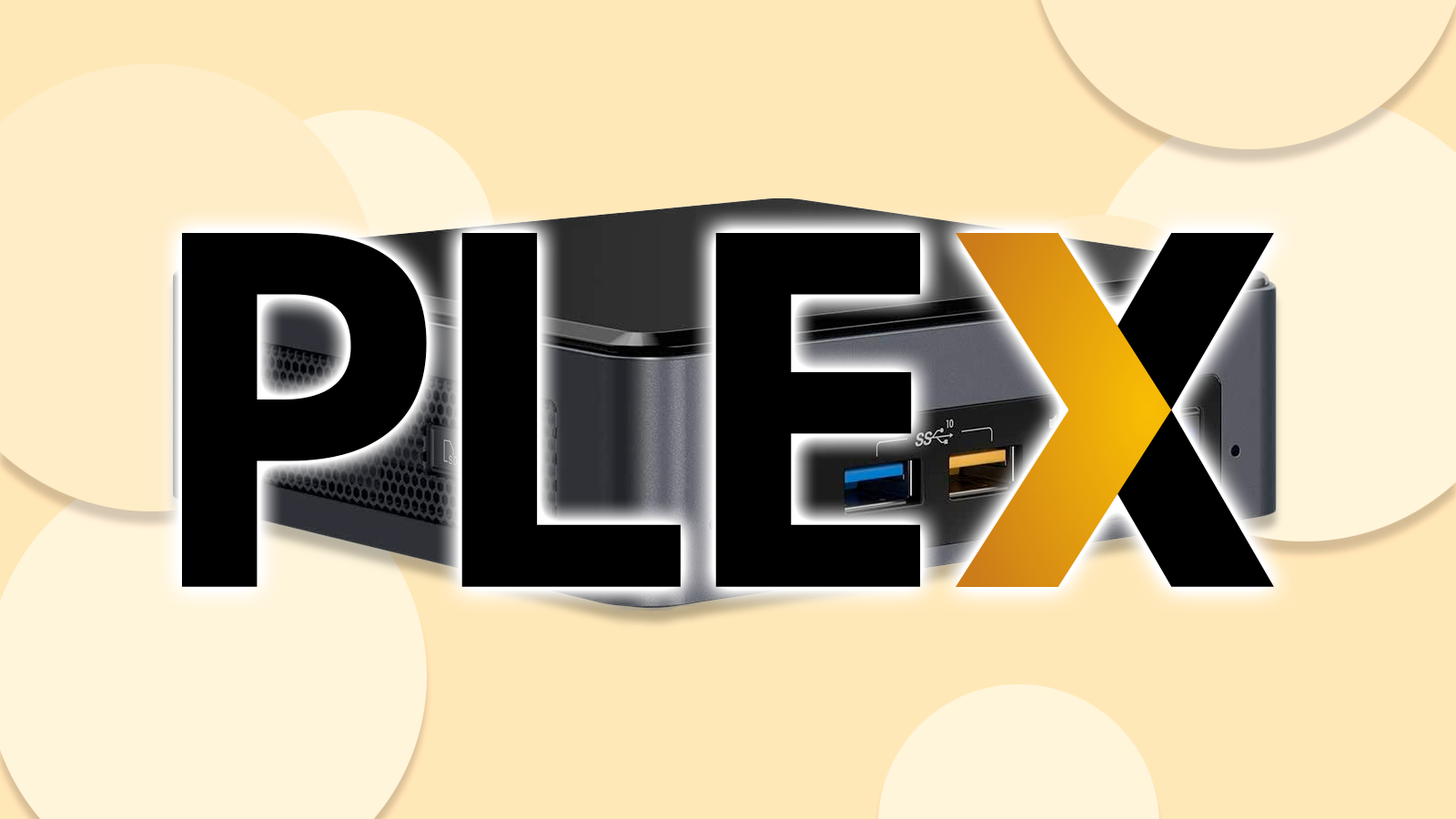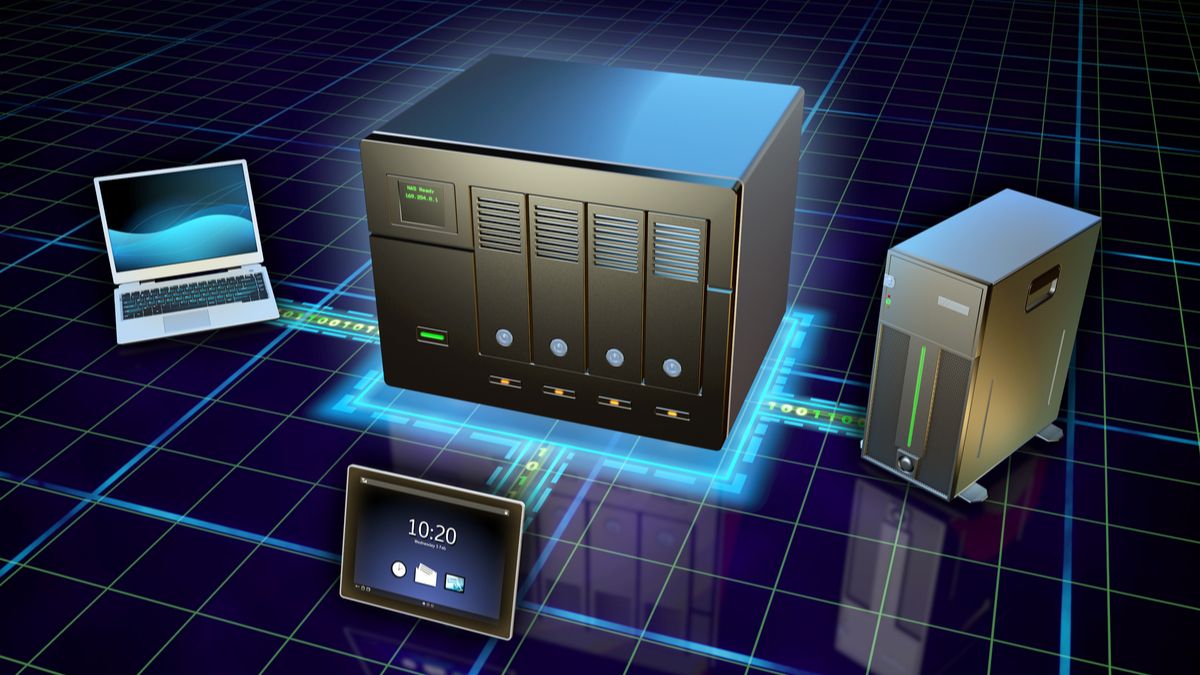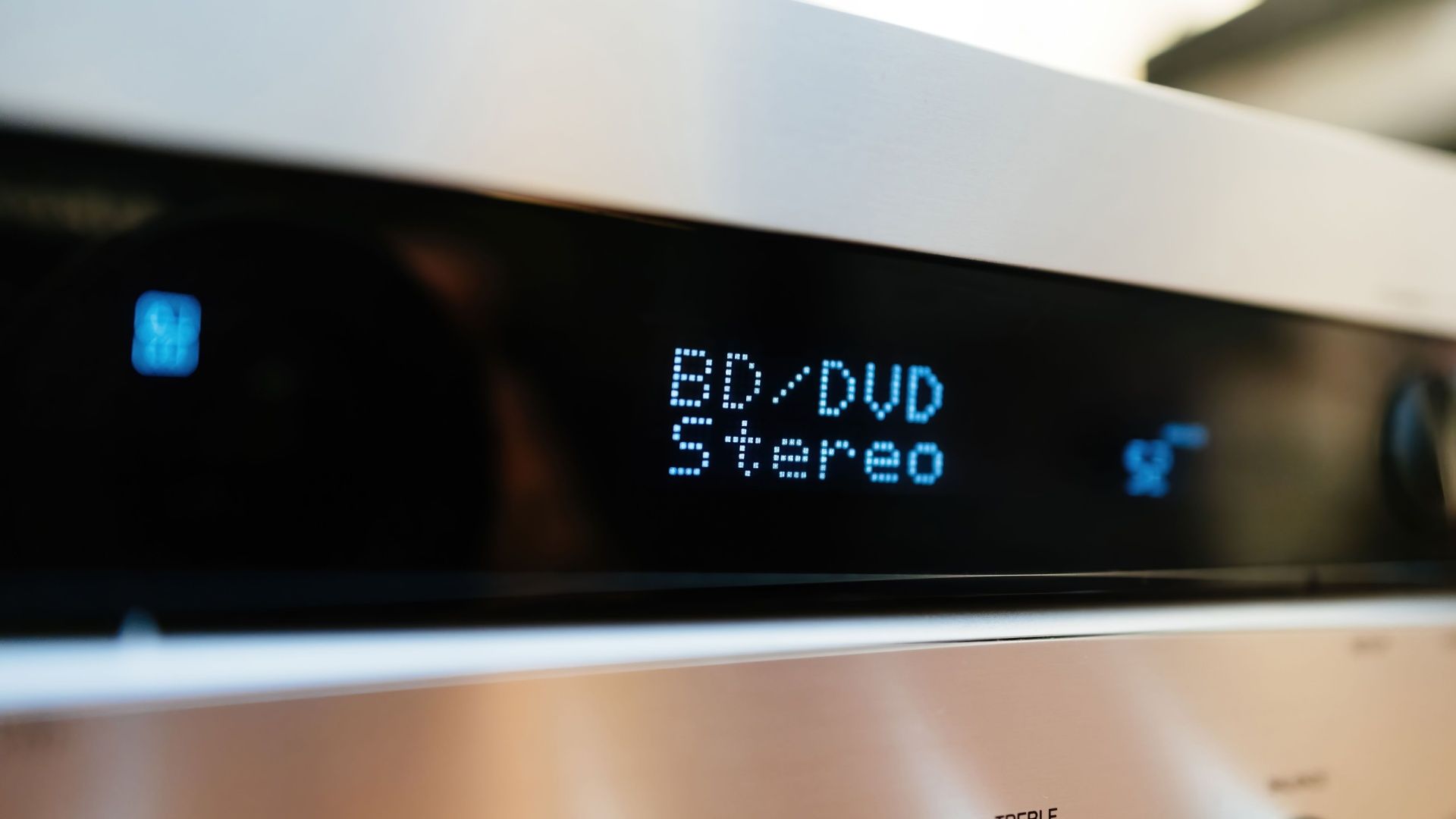If you’re thinking of spinning up a Plex library, let me save you a few headaches. I’ve been running my own media server for the better part of a decade, and, over the years, I’ve learned a lot of things that you shouldn’t do.
From library organization to the actual quality of the movie rips, here are five mistakes that I made with my first Plex library and how you can avoid them yourself.
5
I Didn’t Have Proper Library Organization
When I first got started with Plex, I didn’t really have any form of library organization. Movies and TV shows were in the same folder, TV show episodes were named haphazardly and with no rhyme or reason, and things were just generally very disorganized.
While Plex will mostly work in this way, it’s not optimal for sure. Having proper file names and folder structures ensures that Plex knows both what type of content it’s looking at, and how to properly name the content. All the metadata is pulled from the filename and searched, not from the file content itself.

Related
My Best Tip for Organizing Your Plex Media Library
An organized Plex library is a happy Plex library.
These days, I have software that runs in the background and helps keep everything organized and named properly without me having to lift a finger for the most part.
4
4K Was My Default Resolution For Movies
Let’s face it, if you’re like me, then you want to watch every movie in the highest-quality possible. I just recently learned that standard 65mm IMAX film is the equivalent to 18K!
So, when I first started my Plex server, I immediately started with my 4K Blu-rays. This is great, and the quality was impeccable—except my TV was an old, non-Dolby Vision LCD panel and I really didn’t benefit much from the ultra-high-quality 4K copies.

Related
How to Rip Blu-rays for Your Plex Library
Populate your Plex media server with high-quality movies and TV shows.
Sure, high-quality OLED panels with proper surround sound definitely benefit from high bitrate 4K movies. However, on your traditional TV being watched from 10 or so feet away, a decent-quality 1080p movie will look (almost) as good. There are quality differences, no doubt, but not enough to justify an 80 to 90GB file over a five to 10GB file.
3
I Didn’t Realize Just How Much Storage I’d Eventually Need
Along the same track as the 4K movies, when I first started my Plex server I ran out of space—fast. When each movie was nearly 100GB, and my entire NAS was only 12TB, I could only hold a few hundred movies at 4K, and that doesn’t include the dozens of seasons of Monk, Psych, Full House, or Home Improvement.
That might sound like a lot, but a few hundred movies goes pretty quick. If you plan to digitize all of your physical media so you don’t have to insert a disk ever again, you’re going to need a lot of storage.

Related
Everything You Need to Set Up a Plex Server
A Plex media servers allows you to stream your movie collection to any device inside or outside your home. Here are the products that you need to make it happen.
The other thing that took up all my space was transcoded versions of movies. I typically kept both a 1080p and 4K copy of every movie I had, which took up additional space that it really didn’t need to.
This did help with my system not being able to transcode on the fly (more on that in a moment), but it took up quite a bit of extra space on the NAS.
2
My System Wasn’t Powerful Enough to Transcode
My original Plex library was stored on a Synology DS416j NAS. This NAS was ARM-powered and barely had enough oomph to handle its storage, let alone be a full-fledged media server.
Alas, with the anemic ARM processor and 1GB of RAM, I was able to make Plex work, and it was actually fine—until it needed to transcode. Transcoding would bring the server to its knees, and became something that I simply disabled entirely.

Related
Why Hardware Transcoding Is Important on a NAS
Should you buy a NAS with hardware transcoding? Here’s why—and when—it’s important.
This is why I had two copies of all my 4K movies, as Plex would simply choose to either play the 1080p version or the 4K version, negating the need for on-the-fly transcoding.
1
I Gave Everyone In My House Access to the 4K Library
This was something that took me a while to learn: not every TV needs access to the 4K library.
Why? Well, streaming 4K with zero transcoding actually used to be pretty difficult. The viewer would need to have a specific type of streaming media player, hooked up to a compatible TV, and they need a fast enough internet connection. A LAN connection is definitely fast enough, but the other two qualifiers definitely weren’t true of every TV in the house when I first got started.
Because of this, my server was constantly transcoding (or, at least, trying to) until I disable that. Disabling transcoding meant that if someone tried to stream a 4K movie without having any of the aforementioned hardware or networking speeds, they’d have a terrible streaming experience.

Related
7 Ways a HD Blu-ray Is Better Than 4K Streaming
Streaming’s not all it’s cracked up to be.
All of this added up to my Plex server just simply not functioning well. With the 4K and 1080p libraries separated now, this is thankfully a problem I never run into anymore.
Now that you’ve learned what not to do, here’s exactly how you can set up Plex to watch your content on any device (both at home and on-the-go).







Leave a Comment
Your email address will not be published. Required fields are marked *